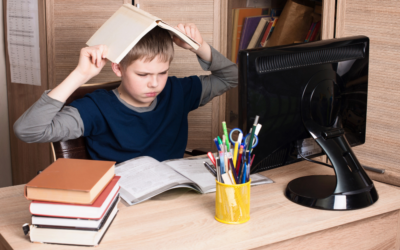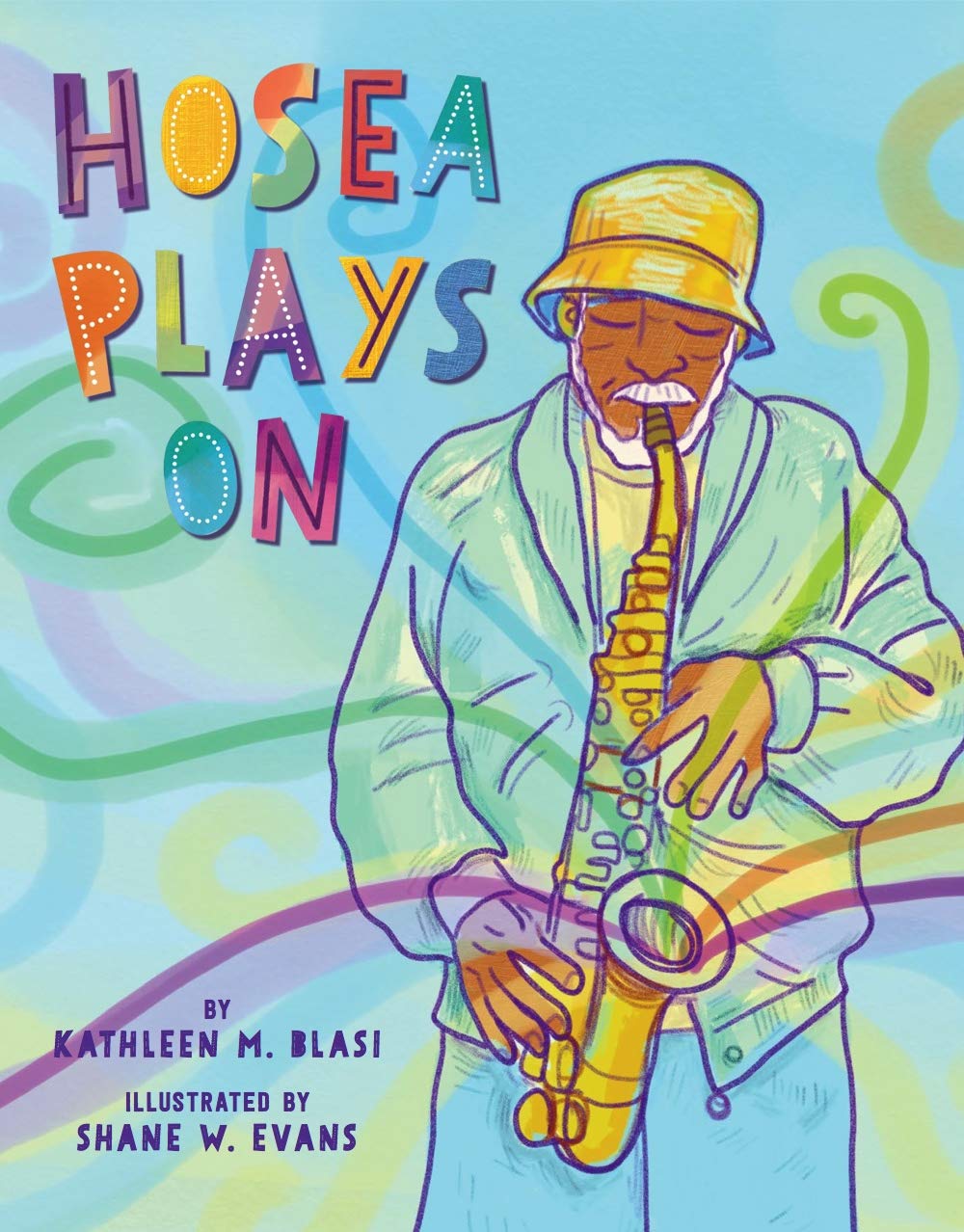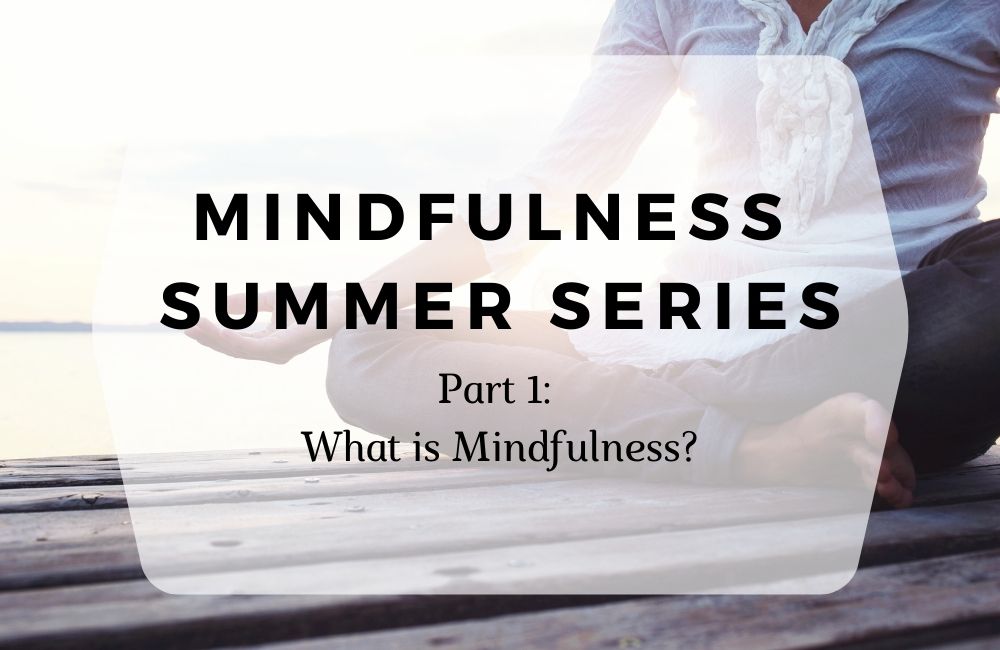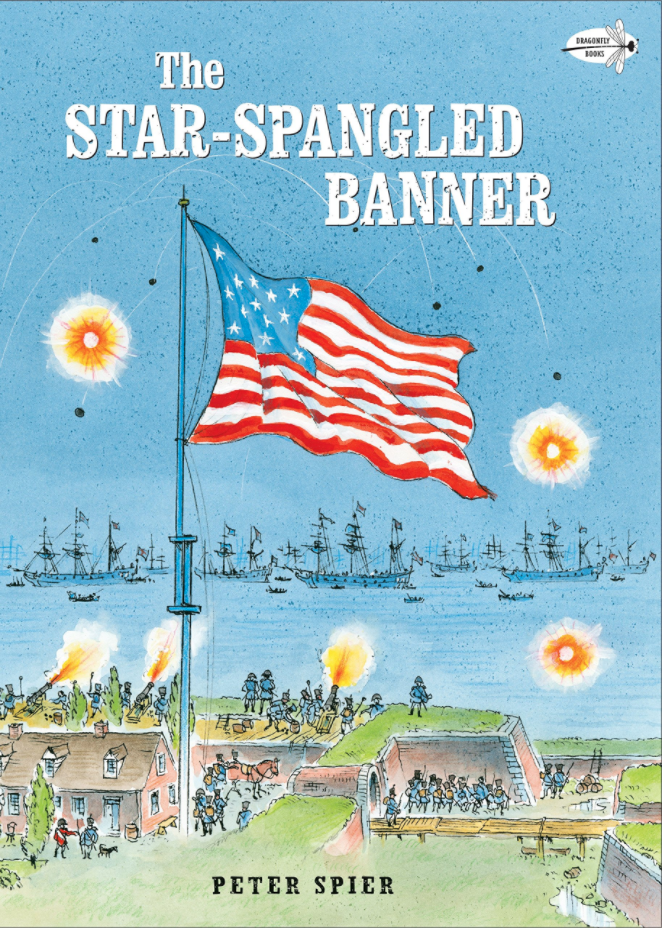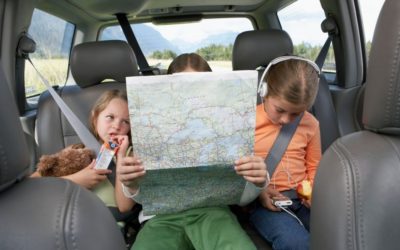For years there has been much deliberation on the topic of gratitude and the benefit it has on a person’s emotional and physical wellbeing. However, recent research has revealed when consistently practicing gratitude steps, a person exhibits a happier affect in...
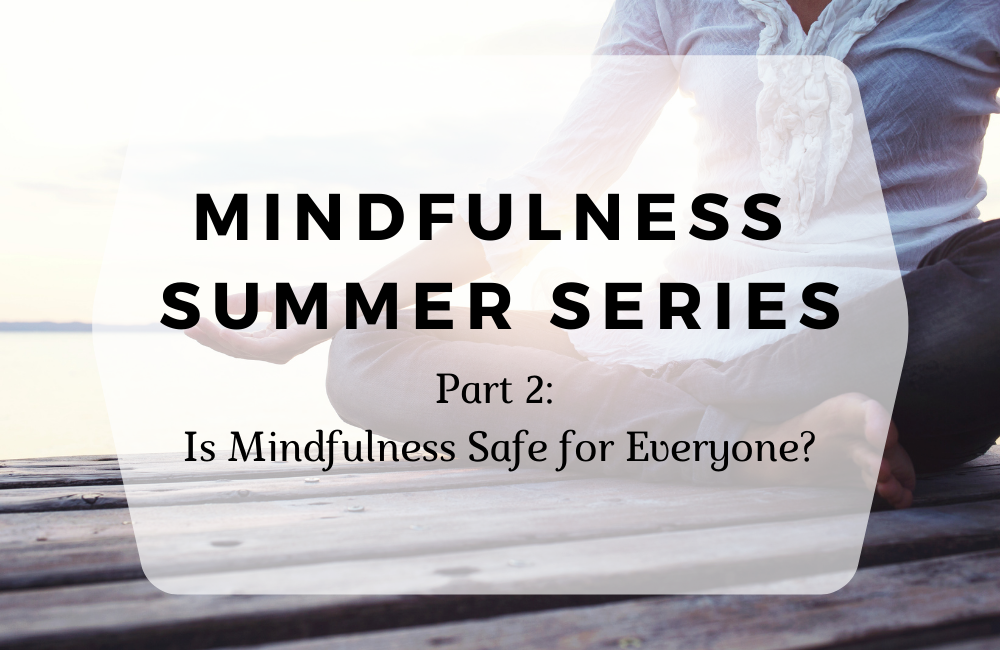
Part 2: Is Mindfulness Safe for Everyone?
In Part 1 of our Summer 2021 Mindfulness Blog Series, we learned what Mindfulness is and is not. We also answered the question about its link to religion. We encourage you to read all the blogs within the series for a comprehensive understanding.
Today we would like to focus on the question of, Is mindfulness a safe practice for everyone? It certainly appears on the surface that mindfulness would be a safe exercise to learn and for many individuals it is, however, there are some important considerations. Below we will explore the first three of six, in hopes of learning the best way to practice mindfulness and whether further thought should be explored before jumping into using it.
A clear definition of mindfulness should be understood.
- Before practicing any new exercises, it is always a wise choice to fully understand what is involved. If you are learning from a life coach, mental health therapist, or yoga instructor there is usually a discussion and confirmation that the individual understands and would like to learn mindfulness. Always ask for clarity if it is not shared.
- On the other hand, there are circumstances in which individuals, including our youth, who find themselves in a scholastic or community group where it is presented without a great deal of explanation or opportunity for having questions answered. And in some cases, there is no way for the individual to opt out. This can cause some unintentional harm to a participant, so should be seriously considered prior to introducing mindfulness.
Meditation is NOT the only way to present mindfulness.
- Because meditation is one of the first things that comes to a person’s mind when they hear mindfulness, they may not be willing to try this practice. Although meditation can be a very helpful mindfulness tool, some individuals will reject the concept of mindfulness all together if they think meditation is required.
- Closing eyes is not a necessity when practicing mindfulness. If an individual is resistant to closing their eyes during meditation or another mindfulness exercise that is perfectly fine. Focal points within a room or a favorite drawing or photo is a great way to focus the mind and eliminate visual distractions.
The person helping you to learn mindfulness should be practicing it as well.
- When learning mindfulness from another individual it is a very appropriate question to ask if they are practicing mindfulness. It is very important to have experienced the feelings and challenges that go along with perfecting the skill of mindfulness. If the leader is not doing so on a regular basis, they will have trouble guiding others.
- An effective mindfulness leader will acknowledge that there are many ways to practice mindfulness and guide each person into a specialized plan that will allow them to be successful.
We hope you will join us in the coming weeks for Part 3 of our Summer 2021 Mindfulness Blog Series, where will highlight the last three considerations to insure safe mindfulness practice.
The Attitude of Gratitude: Health Benefits
Five Stress Cushions for Children and Teens
All children and teens react to life circumstances in different ways. The key is to recognize if a child or teen is showing new or accelerated reactions needing supports put in place. These supports can be referred to as cushions to stop stress from accelerating into...
Servicing the Whole IEP
When you think about music therapy and special education, what comes to mind? Maybe you think of a child who sang before they spoke or another who marches with confidence to a rhythm when learning to walk. As music therapists, we aim to play on your child’s team. It...


